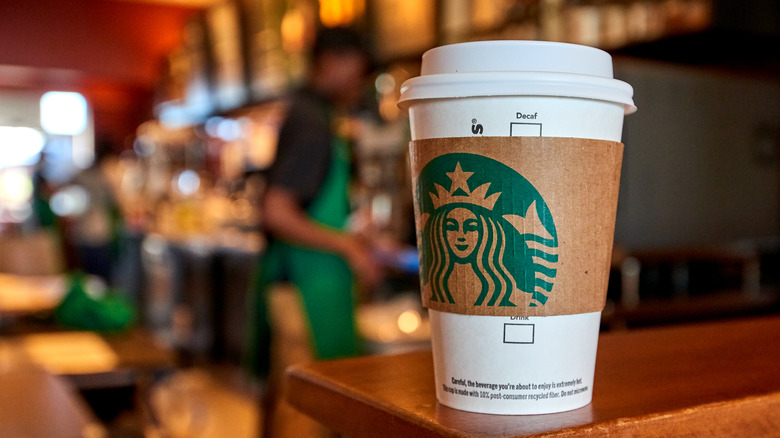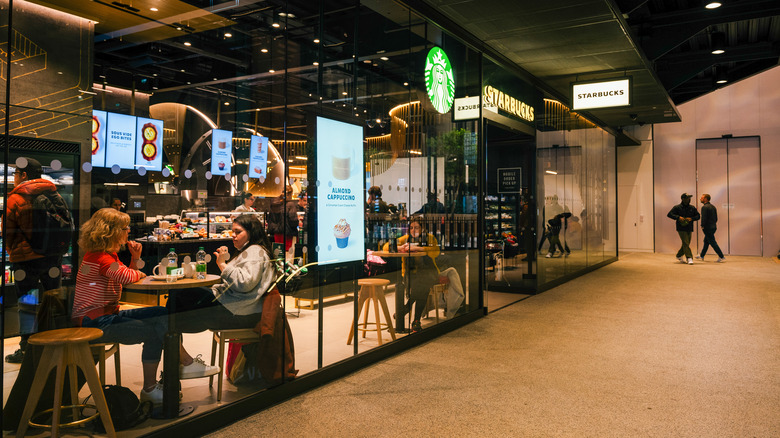Despite Union Woes, Starbucks' Sales Show No Sign Of Slowing Down
Whether people felt the urge to try the new Oleato or just fall into the normal morning coffee routine, Starbucks CEO Laxman Narasimhan heralded Starbucks' financial performance in its second-quarter earnings report. Although his language was tempered with caution on the brand's overall health, second-quarter sales saw an increase in North America. As the corporation continues to maneuver the complicated union discussion, management seemed to shift focus towards innovation to keep an upward trajectory. But the company's CFO warned that the corporation's annual earnings per share growth would be lower than initially projected. Some analysts suspect the tepid response stems from overall U.S. economy concerns.
Although earnings and price-per-share forecasts might be changing, consumers are still lining up to get both new and favorite beverages. During the earnings call, the team focused on positive outlooks, including consumers craving menu innovations. Whether it's the fear of missing out or needing to be included on that next great food trend, people want that first sip, even if they don't order it again.
In addition, digital ordering drove sales. With mobile order and pay, drive-thrus, and delivery together accounting for almost ¾ of its revenue in Q2, that convenience factor continues to be a selling point for the brand. Even if people might not be getting the same rewards for every purchase, the ability to push an order is vital to customer loyalty. For now, it seems that Starbucks' outlook might be warm, but the prospect of the sentiment cooling is on the horizon.
Is Starbucks repositioning itself due to union concerns?
Per a May 2 CNN Business report, Starbucks CEO Laxman Narashimhan asserted that the business should be "theaters to the front, with a factory in the back." Although there has been criticism over out-of-stock items, order-to-service durations, and overall efficiency, it appears that this potential separation of service could help streamline the process. The idea of a drink magically appearing from behind the scenes might be faster, but it could reduce the labor force in the store as more efficient methods take over. As seen with recent patent filings, filling complicated beverage orders with the push of a button might seem like product innovation, but it could be step away from the personal service experience.
While the Starbucks union conversation continues to evolve, the recent earnings call did not address pending litigation or other negotiations. CEO Laxman Narasimhan referenced "greater stabilization in our retail talent" and a "very strong employee value proposition." Still, internal audits, employee demands, and unionization efforts have to be addressed.
Unlike the quickly moving drive-thru, this process cannot be solved in a finite amount of time. At the same time, people might empathize with workers' demands, but it might not influence them enough to stop ordering that Frappuccino.

